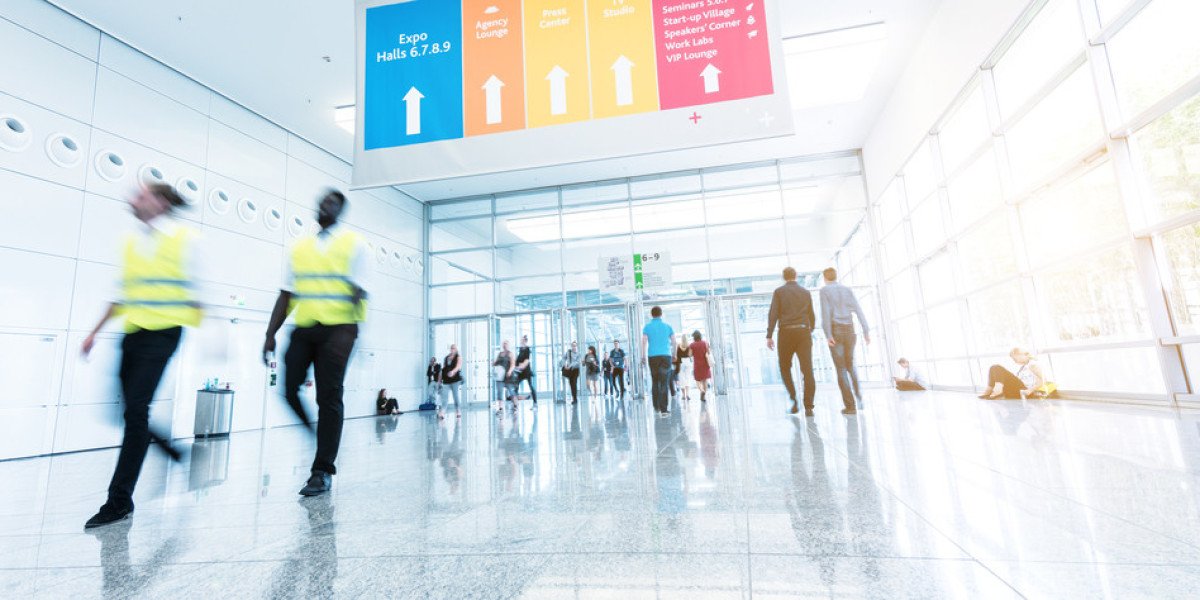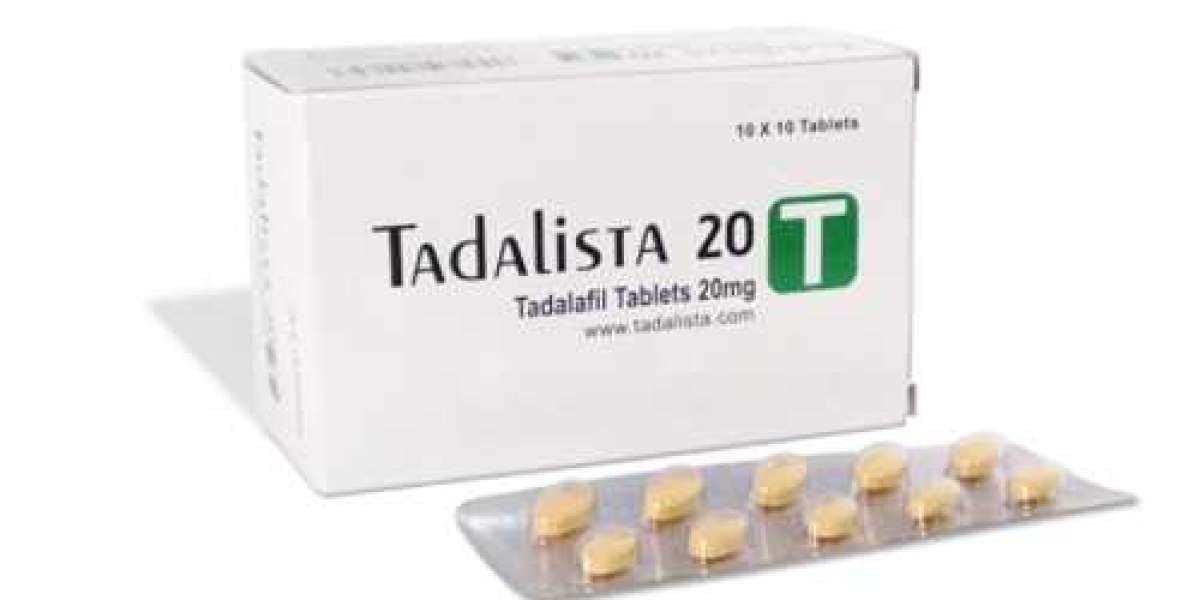Trade shows and expos are places of huge crowds and customer interaction. These gatherings bring together industry professionals, vendors, and customers to showcase products, services, and innovations. Potential security risks include theft, vandalism, unauthorized access, and terrorist threats. Effective security measures are essential to protect people, property, and information. Therefore, this calls for efficient expo venue security services.
Security Challenges in San Francisco
The San Francisco Bay Area is a high-profile location known for its tech industry, tourism, and diverse population. This prominence makes it a potential target for various security threats. Local crime statistics indicate a range of concerns, from petty theft to more serious criminal activities. Additionally, the area's unique geographical and logistical factors, such as its dense urban environment and significant traffic congestion, pose challenges for event security.
Understanding and meeting these requirements is essential for a legally compliant and safe event. Local law enforcement and emergency services must be consulted to ensure compliance and facilitate a swift response in an emergency. Complying with state and local regulations is necessary for security planning; this includes following health and safety guidelines, fire codes, and event-specific regulations.
Tips for Planning Trade Show and Expo Security
As diverse as the expo or trade events are, the security tips are also diverse. So let’s break them into categories before moving forward.
Pre-Event Planning
Pre-event planning takes a deep analysis of the risk assessments and developing a security plan.
Risk Assessment and Analysis
The first step in security planning is conducting a thorough risk assessment. This involves identifying threats and vulnerabilities specific to the event and its location. Key considerations include the size and type of the event, the profile of attendees, and the nature of the exhibits. Once risks are identified, they should be prioritized based on their likelihood and potential impact. This assessment forms the foundation for developing a comprehensive security plan.
Developing a Security Plan
A well-designed security plan sets clear objectives and outlines the strategies to achieve them. A layered security approach, which combines physical security measures, personnel deployment, and technological solutions, is often the most effective. For instance, physical security might include barriers and controlled access points, while personnel security involves hiring trained security staff. Incorporating technology, such as surveillance cameras and access control systems, enhances the overall security framework.
Working Together with Stakeholders
All pertinent parties, including vendors, participants, venue management, and event organizers, must be included for security planning to be effective. Having open lines of communication guarantees that everyone is aware of their duties. Having regular meetings and briefings keeps everyone informed and on the same page on the security goals. This cooperative strategy guarantees a coordinated response in the event of an incident and improves the efficacy of the security measures.
During the Event Security
After taking a comprehensive analysis and developing a plan, it is time for implementation.
Physical Security
Physical security measures are crucial for controlling access to the venue and protecting high-value areas. This includes installing barriers, fencing, and gates to secure the perimeter. Entry and exit points should be managed with ticket checks, metal detectors, and bag inspections to prevent unauthorized access and detect prohibited items. Additionally, securing high-value areas, such as VIP sections and storage rooms, with restricted access ensures that only authorized personnel can enter.
Personnel Security
Hiring and training security personnel is a key component of event security. Security staff should be well-trained in crowd management, emergency response, and conflict resolution. Their presence acts as a deterrent to potential threats and ensures a rapid response to incidents. Additionally, managing volunteers and temporary staff is important, as they often interact with attendees and need to be aware of security protocols and procedures.
Technology and Tools
Leveraging technology enhances the effectiveness of security measures. Surveillance systems, such as CCTV cameras and drones, provide real-time monitoring of the event. Access control systems, including badges and biometrics, ensure that only authorized individuals can enter restricted areas. Emergency response tools, such as alarms and communication devices, facilitate swift action in case of an emergency. Implementing these technologies helps create a secure environment and allows for effective incident management.
Security Management
It's essential to monitor and assess the progress of security implementation to think about and alter the process when required.
Real-Time Monitoring and Response
Setting up a Security Operations Center (SOC) enables real-time monitoring of the event. The SOC serves as the central hub for managing security operations, monitoring surveillance feeds, and coordinating responses. Security personnel should be trained to identify suspicious behavior and respond promptly to potential threats. Having clear protocols for immediate threat response ensures that any incidents are quickly contained and resolved.
Crowd Management
Effective crowd management is essential to ensure the safety and comfort of attendees. This involves planning the flow of people to prevent overcrowding and bottlenecks. Clear signage and well-defined pathways help guide attendees and reduce confusion. In case of an emergency, having well-rehearsed evacuation procedures is crucial. Regular drills and simulations help ensure that all staff and volunteers are prepared to manage large crowds and execute evacuation plans effectively.
Incident Management
Incidents should be promptly reported and documented to ensure a thorough response and post-event analysis. Coordination with emergency services, such as police, fire, and medical personnel, is critical to managing incidents effectively. After an incident, conducting a detailed analysis helps identify the root cause and implement measures to prevent recurrence. Continuous improvement based on lessons learned is vital for enhancing future security plans.
Post Event Security Feedback and Reviews
Feedback always works. When you know what your customer thinks, you can provide them with better and enhanced security.
After the event, conducting debriefing sessions with all stakeholders provides valuable insights into the effectiveness of the security measures. Gathering feedback from security personnel, event organizers, vendors, and attendees helps identify areas for improvement.
Based on the feedback and incident analysis, updating security protocols ensures that the event's security measures remain effective and relevant. Implementing changes based on lessons learned from the event helps address any identified weaknesses and improves overall security planning.
Conclusion
To conclude, trade shows and expos are a place for huge gatherings and interactions. It calls for efficient and reliable security services. So, if you live in San Fransisco, you need to contact a reliable San Francisco Bay Area Security Services. Efficient security personnel understand the unique security challenges, conduct thorough risk assessments, develop a detailed security plan, and implement effective security measures.







